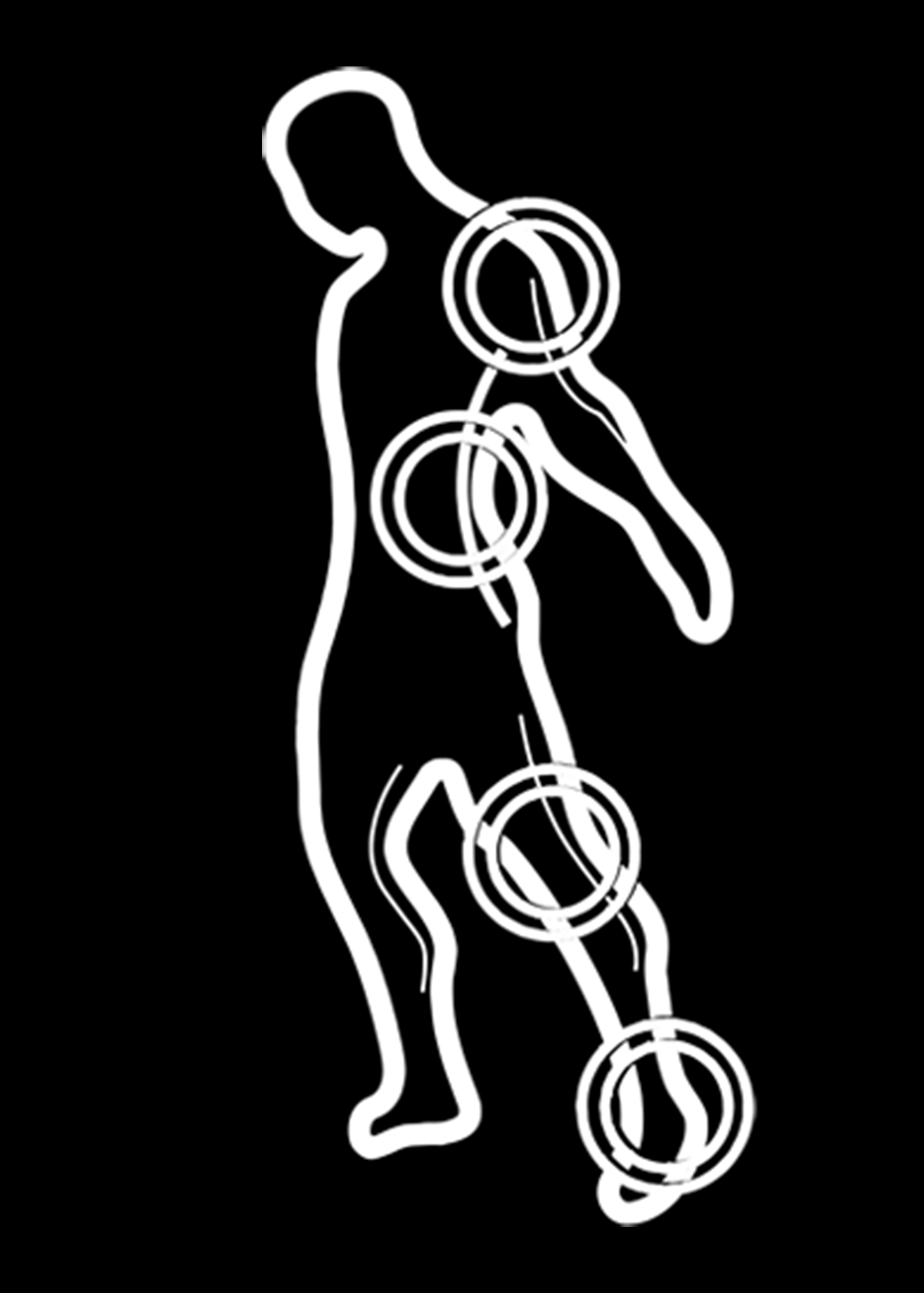The classic "running" we do is uni-dimensional. That's fancy for boring. Running the same way, at the same speed and the same terrain will only lead you to the same injuries and the same physical gains. To mix it up and get the best bang for your physiological and therapeutic buck, try 3-D running. Here's how:
Three dimensions: Incline, speed and direction
1. Change inclines
When we go up a hill or stairs we are more likely to engage our legs and hips because we have to increase ankle activity as our hip flexors. We end up also using more hip range of motion as our knees have to go higher (think marching). Going uphill will also increase the force production of our Glutes and hamstrings to make it up the incline.
2. Change speeds
When you change speeds you effectively change your stride. Sprinting includes longer strides while slow jogging has a shortened stride. You have the benefit of activating both type I (slow twitch) and type II (fast twitch) muscle fibers as well as work both aerobic and anaerobic systems.
3. Change directions
When we jog or run, we only get the front and back benefits. Doing side-stepping and working our lateral muscles will also increase our hip flexibility as well as improve our hip strength that we need to limit knee problems and back pain.
One last change that you might want to consider: foot strike.
Foot strikes
I'm asked a lot about landing on toes vs. heels when we run and my answer is always...it depends. Factoring out any pain or orthopedic conditions, landing on the balls of our feet or heels can both benefit us. When we land on the balls of our feet it improves our forward momentum and therefore increases our speed. Landing on are heals can be beneficial as well although if you just "land" on your heel versus follow through, you are sending a jolt through your knee into the hip and even into the back.
After trying your new and improved program, you should start to notice soreness in different areas of your body, improvedflexibility and over-all efficiency by using multiple muscle groups, muscle fibers (fast twitch vs. slow twitch) and ranges of motion to gain flexibility, increase muscular endurance and strength, burn the most calories and limit the wear and tear on our bodies.
Dr. Joshua Mazalian, DPT, OCS, CSCS is the owner of JAM Sports and Spine in Los Angeles and specializes in sports and orthopedic physical therapy. You can reach him on Twitter @jamsportsPT and Facebook as well as email at info@jamsportsandspine.com
